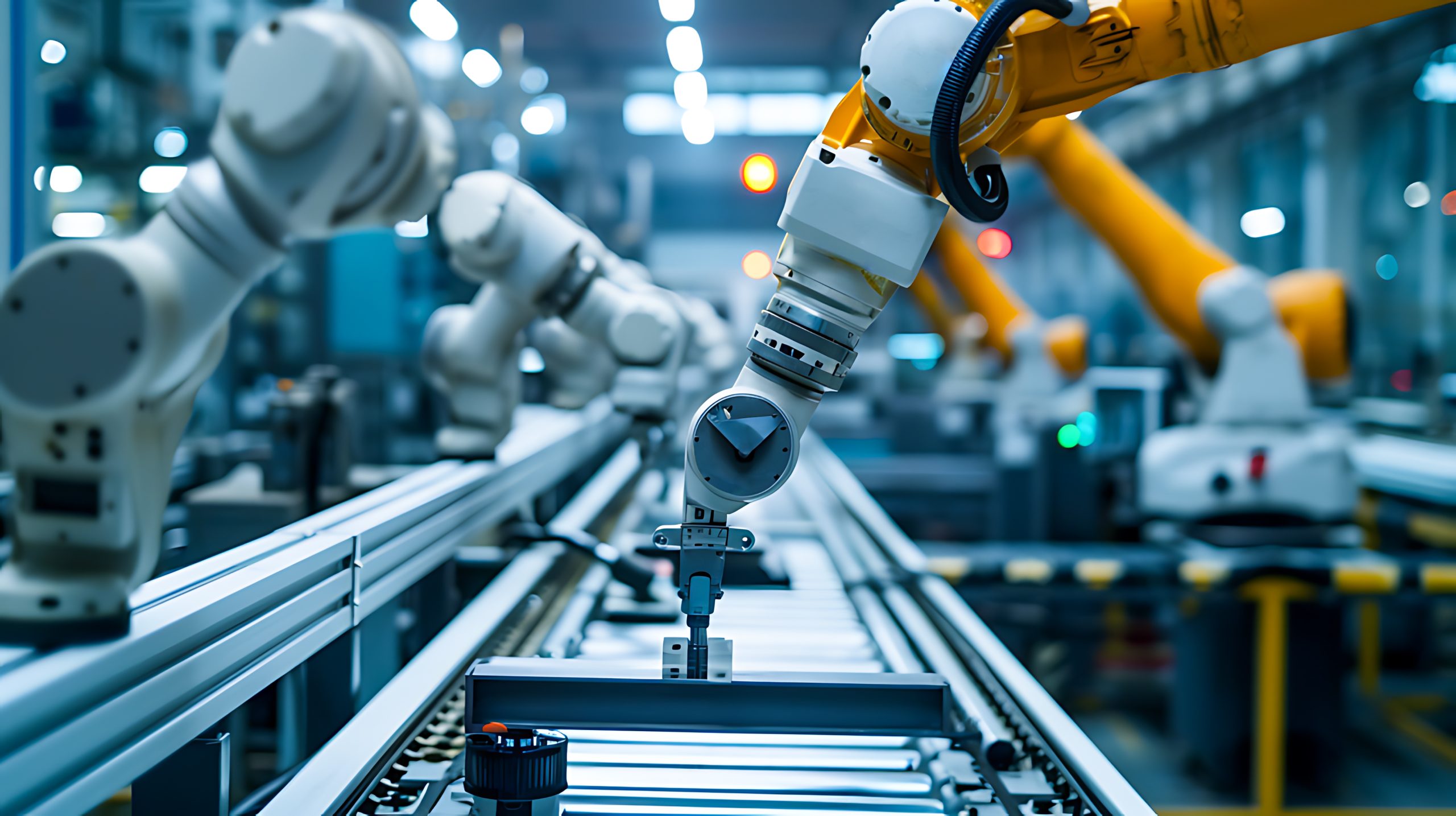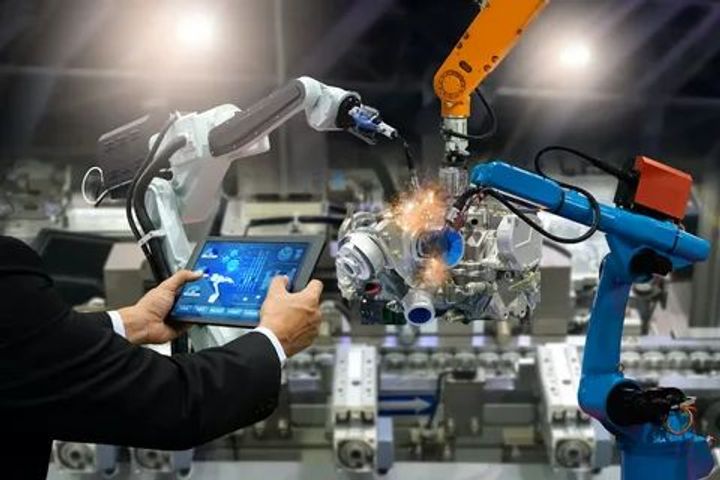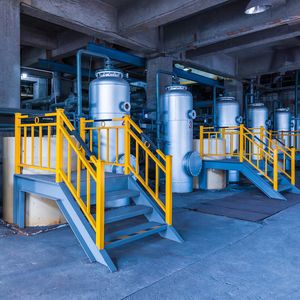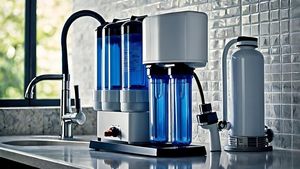Industrial automation has replaced how industries operate, streamline production, improve safety and increase efficiency. From smart sensors to robotics, automation solutions are now important tools during production, logistics, oils and gas, food processing and more. In this broad guide, we choose main types of industrial automation, benefits and boundaries, new trends and the right solution for your business.

Introduction: Why Industrial Automation Matters Today
Industrial automation refers to the use of control systems - such as computers, robots and information technologies - to handle industrial processes with minimal human intervention.
This change helps companies:
Reduce operating costs
Minimize failure and downtime
Improve security and compliance
Customize the use of resources and energy efficiency
With increasing global competition, labor shortages and complex supply chains, automation is not just one alternative - this is a requirement.
Key Benefits of Industrial Automation Solutions
1. Better productivity automation system operates 24/7, which enables production and low production cycle.
2. By reducing labor costs and reducing material waste, reduction in operating costs, automation offers the average return.
3. High quality and accurate machines reduce the variability of production, ensures frequent quality and low defects.
4. Increased workers' safety robots and automation systems handle dangerous tasks, reducing the risk of human workers.
5. Scale -automated systems can be quickly bald to meet the increasing demand without increasing the workforce on a large scale.
Limitations to Consider
High early investment: Equipment, software and integration costs can be significant.
Technical skills interval: Employees must be trained in managing and maintaining the system.
Integration challenges: The inheritance system may not be evenly integrated with new techniques.
Cyber security risk: Sky-connected automation system requires strong cyber security.
Types of Industrial Automation Systems
| Automation Type | Description | Common Applications |
|---|---|---|
| Fixed Automation | Pre-set operations, high volume, low flexibility | Automotive assembly lines |
| Programmable Automation | Reprogrammable for different tasks | Batch manufacturing, machine tools |
| Flexible Automation | Quick adaptability to new tasks | Consumer goods, electronics |
| Process Automation | Controls continuous production systems | Oil refining, water treatment |
| Machine Vision Systems | Cameras and AI for inspection and guidance | Quality control, product tracking |
Latest Trends in Industrial Automation (2025)
1. Artificial intelligence (AI) and machine learning AI enables future future maintenance, procedure adaptation and rejection of deviations.
2. Industrial Internet of Things (IIOT) provides real -time monitoring and data analysis in connected sensor chamber.
3rd Edge Computing Processes Data locally to reduce delay and support time -sensitive operations.
4. COBOTS (collaboration robots) are designed to function safely with people, especially in small medium -sized businesses (SMBs).
5. Digital twins of physical property allow external diagnosis, customization and design testing.
6. 5G connection enables fast data transfer and low-oppression control to the system distributed system.
Key Features to Look for in an Automation Solution
Real -time monitoring and control
System Interoperability (PLC, Scada, Mes)
Cloud or hybrid architecture
Security and compliance facilities
user -friendly interface
Remote access capacity
Adaptable workflakes
Top Industrial Automation Companies
| Company | Solutions Offered | Official Website |
|---|---|---|
| Siemens | PLCs, SCADA, digital twin platforms | siemens.com |
| ABB | Robotics, process automation, electrification | new.abb.com |
| Rockwell Automation | Factory automation, control systems | rockwellautomation.com |
| Honeywell | Process control, industrial software | honeywell.com |
| Schneider Electric | Smart factories, energy-efficient systems | se.com |
| Mitsubishi Electric | CNC, robotics, drive systems | mitsubishielectric.com |
How to Choose the Right Industrial Automation Solution
Checklist for Decision-Making:
What is your main process that requires improvement?
What is your expected return and budget?
Is the system compatible with your current technological stack?
Have you trained employees or requires third -party support?
Is scalability a factor for future expansion?
Tips:
Start with a pilot project to evaluate the system effect.
Together with suppliers, who offer support and training after installation.
Include all departments (IT, operation, finance) in the decision -making process.
Best Use and Maintenance Practices
Make regular maintenance and keep the hardware updated.
Use future maintenance tools for important machines.
Train employees on new techniques and safety protocols.
Monitor system performance KPIs such as shutdown, throwing and energy use.
FAQs About Industrial Automation
Q1: What industries benefit from industrial automation most?
Production, food processing, oil and gas, electronics, logistics and drugs use tops.
Q2: Is automation viable for small and medium -sized businesses (SMB)?
Yes. With falling costs and modular systems, SMB can automatically create large procedures.
Q3: What is the Roi Tid line for industrial automation?
Usually 1-3 years based on scale and industry.
Q4: How does automation affect the requirements for the workforce?
It transfers the need for effective technical roles from manual labor in programming, analysis and maintenance.
Q5: Are cloud -based automation systems safe?
Yes - when strong encryption, firewall and regular revision are equipped. Select suppliers that follow industry safety standards.
Conclusion: Transforming Industry, One Process at a Time
INdustrial Automation Solutions is no longer a future alternative - they are a practical, scalable way to improve efficiency, quality and competition. Whether you are running a small facility or a global operation, the right mix of technologies from robotics to AI-can proof on your business in Ai-Future. Start small, plan strategically, and allow data -driven automation to guide your next jump in productivity.







